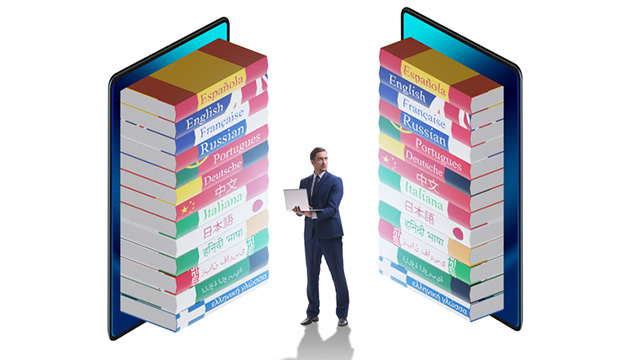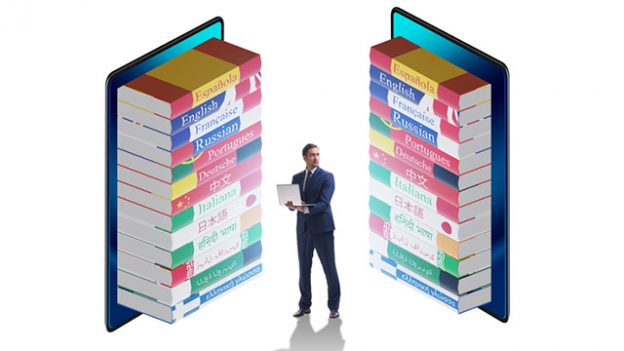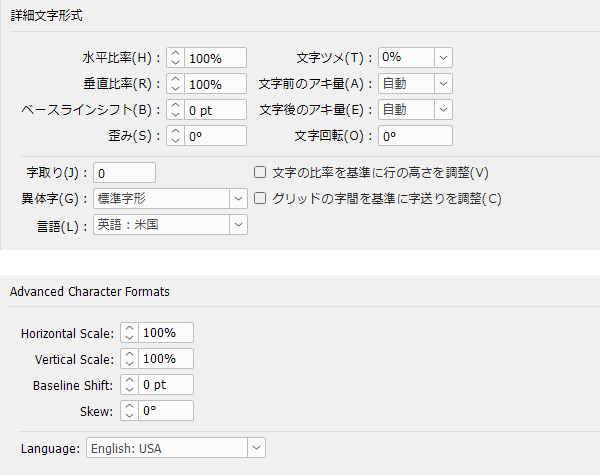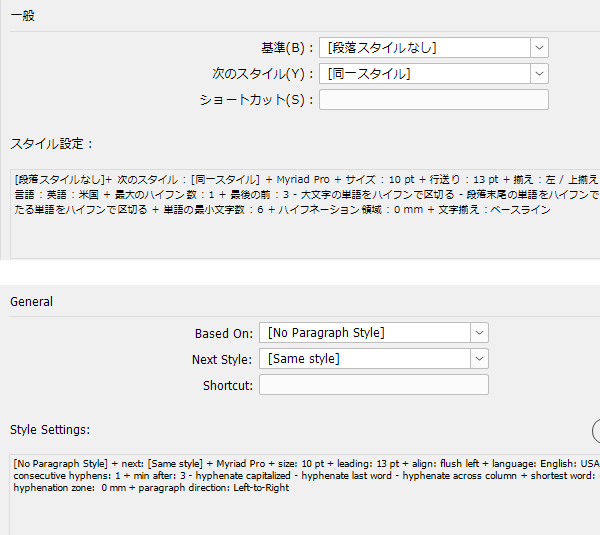
以前、「whose」の使い方について説明しました。
IT・FA分野の翻訳でよくある間違い①~「which」・「whose」の使い方~
「whose」は代名詞として、どんなものも修飾することができ、技術翻訳でもよく使われる表現です。(「who」が入っているため、人しか修飾できないと思われやすいですが、そうではありません。)
以下は、「whose」を使用する際の主なメリットです。
- ・「for which」・「in which」・「to whom」などを使った複雑な文章構成になることを避けられるため、文章が読みやすくなる
- ・修飾関係が明確になるため、文章が読みやすくなる
- ・余計な代名詞(主に「you」)の使用を避けることができる
上記をふまえ、今回は、DeepLとGoogle翻訳を比較し、「whose」を適切に使った文章が生成されるかどうかを検証します。
1. 検証①
- ・原文:エラー履歴をクリアする項目のチェックボックスを選択して,[実行]ボタンをクリックします。
- ・DeepL:Select the check box for the item you want to clear the error history for, and then click the [Execute] button.
- ・Google翻訳:Select the check box of the item for which you want to clear the error history, and click the [Execute] button.
こちらの例では、どちらの翻訳エンジンも「whose」を使っていません。
DeepLは、「you want to clear the error history for」になっていて、間違いではありませんが、余計な代名詞(「you」)が使われていて、「clear …… for」の構成も少し不自然です。
Googleの場合、「for which」構成を使っているので、DeepLよりは文法のレベルが高いですが、こちらも余計な代名詞(「you」)が目立ちます。
以下は、「whose」を使ったポストエディット(フルエディット)の例です。
- ・原文:エラー履歴をクリアする項目のチェックボックスを選択して,[実行]ボタンをクリックします。
- ・Select the checkbox of the item whose error history is to be cleared and click the [Execute] button.
2. 検証②
- ・原文:残りの枚数が“0”になったマガジンにフィルムを補給します。
- ・DeepL:When the number of remaining sheets reaches “000”, refill the magazine with film.
- ・Google翻訳:Replenish the film to the magazine whose remaining number is “000”.
DeepLは、「従属節+主節」を使っています。間違いではありませんが、原文が短いので、よりシンプルな構成が望ましいです。
Google翻訳では、「whose」が適切に使われています。しかし、「残りの枚数が“0”になった」をそのまま訳し「whose remaining number is “000”」になっています。こちらは、文脈に従って、「whose number of remaining films is “000”」にするのがおすすめです。
以下は、ポストエディット(フルエディット)の例です。
- ・原文:エラー履歴をクリアする項目のチェックボックスを選択して,[実行]ボタンをクリックします。
- ・Load a film pack into the magazine whose number of remaining films is “000”.
3. 検証③
- ・原文:プロフィールをフォローするユーザーをクリックします。
- ・DeepL:Click on the user whose profile you want to follow.
- ・Google翻訳:Click the user you want to follow your profile.
DeepLでは、「whose」が適切に使われています。しかし、「フォローする」が「you want to follow」になっています。こちらは、ポストエディットで「you follow」に修正する必要があります。そして、「click on」も、「click」とすべきです。
Google翻訳では、「あなたのプロフィールをフォローしたいユーザーをクリックします。」と、意味不明な訳になっているため、文章を全面的に修正する必要があります。
以下は、ポストエディット(フルエディット)の例です。
- ・原文:プロフィールをフォローするユーザーをクリックします。
- ・Click the user whose profile you follow.
- ・Click the profile of the user you follow.(「whose」を使わない場合の例)
4. 検証④
- ・原文:本機能でサイクリック伝送を停止した局は,サイクリックフレームの交信を停止せず,解列局として扱いません。
- ・DeepL:A station that has stopped cyclic transmission with this function does not stop communicating in cyclic frames and is not treated as a resolved station.
- ・Google翻訳:A station whose cyclic transmission is stopped by this function does not stop the communication of cyclic frames and is not treated as a disconnected station.
DeepLでは、「本機能でサイクリック伝送を停止させた局は」という意味になっているため、原文と意味が一致しません。
Google翻訳では、ポストエディットによる修正は所々必要ですが、少なくとも「whose」の使用は正確です。
以下は、ポストエディットの例です。
- ・原文:本機能でサイクリック伝送を停止した局は,サイクリックフレームの交信を停止せず,解列局として扱いません。
- ・Stations whose cyclic transmission is stopped with this function are not considered disconnected and continue to communicate cyclic frames.
今回の検証では、「whose」の活用において、どちらの機械翻訳が優れているかは明確にはなりませんでした。所々で、「whose」が適切に使われていることから、数年前と比べ機械翻訳の品質は向上しているようです。一方で、機械翻訳を使用するうえでは、ポストエディットはまだまだ欠かせないことも分かります。

























